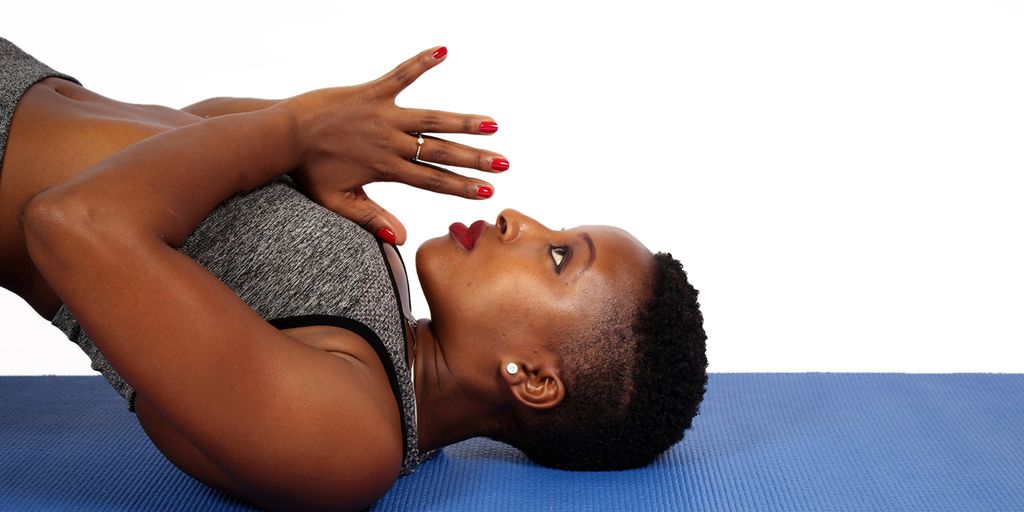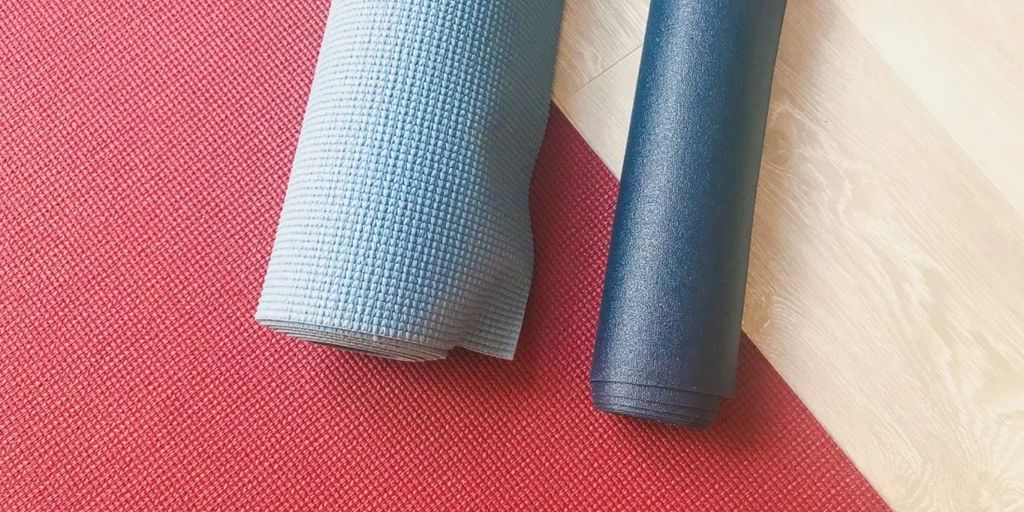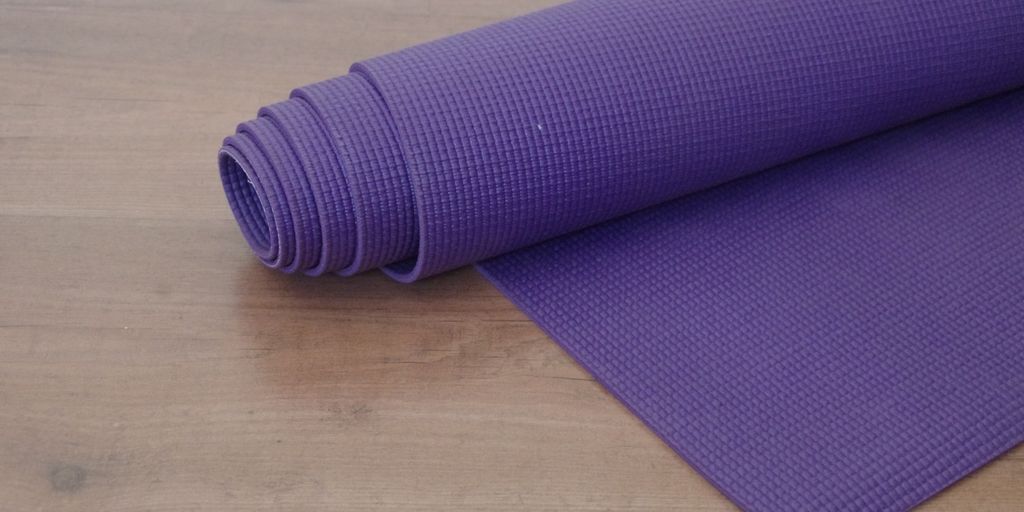
The Ultimate Guide to Choosing the Perfect Hot Yoga Mat
Choosing the perfect hot yoga mat is essential for enhancing your practice and ensuring comfort, stability, and durability. With various materials, textures, sizes, and price points available, making an informed decision can be overwhelming. This guide will help you navigate the options and find the ideal mat tailored to your needs.
Key Takeaways
- Understanding the importance of a specialized hot yoga mat can significantly impact your practice.
- Material choice, including natural and synthetic options, plays a crucial role in the mat's performance and eco-friendliness.
- Grip, texture, and sweat absorption capabilities are vital for maintaining stability during hot yoga sessions.
- Considering size, thickness, and portability ensures the mat fits your personal preferences and lifestyle.
- Balancing price and quality helps in making a long-term investment that meets your budget and practice requirements.
Understanding the Importance of a Hot Yoga Mat
Why a Specialized Mat is Necessary
A specialized hot yoga mat is essential for practitioners due to the unique demands of hot yoga. Regular mats often fail to provide the necessary grip and stability in a heated environment, leading to potential injuries and a less effective practice.
Benefits of Using the Right Mat
Using the right mat can significantly enhance your hot yoga experience. Benefits include:
- Improved grip and stability
- Better sweat absorption
- Enhanced comfort and support
- Increased durability
Common Issues with Regular Mats
Regular yoga mats can present several issues when used in hot yoga sessions:
- Slipperiness due to sweat
- Insufficient cushioning
- Reduced lifespan in high-heat conditions
Investing in a specialized hot yoga mat can make a substantial difference in your practice, ensuring safety, comfort, and longevity.
Material Matters: Choosing the Best Fabric for Your Hot Yoga Mat
Natural vs. Synthetic Materials
When selecting a hot yoga mat, the choice between natural and synthetic materials is crucial. Natural materials like rubber and jute offer excellent grip and are eco-friendly, while synthetic options such as PVC and TPE provide durability and a variety of textures.
Eco-Friendly Options
For those who prioritize sustainability, eco-friendly mats made from natural rubber, cork, or organic cotton are ideal. These materials are biodegradable and have a lower environmental impact compared to their synthetic counterparts.
Durability and Maintenance
Durability is a key factor when choosing a hot yoga mat. Natural rubber mats are known for their longevity, but they require more maintenance. Synthetic mats, on the other hand, are easier to clean and maintain but may not last as long. Regular cleaning and proper storage can significantly extend the life of your mat.
Choosing the right material for your hot yoga mat can enhance your practice and contribute to a more sustainable lifestyle.
Grip and Texture: Ensuring Stability During Practice
Non-Slip Surfaces
A non-slip surface is crucial for maintaining stability during hot yoga sessions. Improved grip ensures that you can hold poses without slipping, even when the mat gets wet from sweat. Look for mats with a textured surface designed specifically for traction.
Texture Preferences
Texture can vary significantly between mats, from smooth to highly textured surfaces. Your preference will depend on the type of yoga you practice and your personal comfort. Some practitioners prefer a grippy texture for added stability, while others might opt for a smoother surface for fluid movements.
Sweat Absorption Capabilities
Sweat absorption is another key factor to consider. Mats with good sweat absorption capabilities help maintain a dry surface, reducing the risk of slipping. Materials like natural rubber and microfiber are excellent for this purpose.
To get your zen on with these yoga mat sale deals, discover benefits of high-quality yoga mats: improved grip, stability, comfort, and durability for long-term use.
Size and Thickness: Finding the Perfect Fit
Choosing the right size and thickness for your hot yoga mat is crucial for a comfortable and effective practice. Finding the perfect level of cushioning with a yoga mat of the ideal thickness for hot yoga, bikram, gentle/restorative yoga, vinyasa, and power yoga is essential. Consider thickness for joint support and stability.
Standard Dimensions
Most yoga mats come in standard dimensions, typically around 68 inches long and 24 inches wide. However, if you're taller or prefer more space, you might want to look for mats that are longer or wider.
Thickness for Comfort and Support
The thickness of your yoga mat can significantly impact your practice. Mats generally range from 1/16 inch to 1/4 inch thick. Thicker mats provide more cushioning, which is beneficial for joint support and comfort, especially during longer sessions. However, they may also be less stable for balance poses.
Portability Considerations
If you travel frequently or take your mat to different studios, portability is a key factor. Thinner mats are lighter and easier to carry, but they might not offer the same level of comfort as thicker mats. Consider your lifestyle and how often you'll need to transport your mat when making your choice.
Remember, the best mat for you balances comfort, support, and portability to enhance your hot yoga practice.
Price vs. Quality: Making an Informed Decision
Budget-Friendly Options
When selecting a hot yoga mat, it's essential to balance cost and quality. Budget-friendly options can be appealing, especially for beginners. These mats often provide the basic features needed for a satisfactory practice without breaking the bank. However, they may lack some of the advanced features found in higher-end mats.
Premium Mats and Their Features
Premium mats come with a higher price tag but offer numerous benefits. These mats often feature superior grip, enhanced durability, and better sweat absorption capabilities. Investing in a premium mat can significantly enhance your practice, providing stability and comfort. Additionally, premium mats are usually made from eco-friendly materials, making them a more sustainable choice.
Long-Term Investment Benefits
While the initial cost of a premium mat may be higher, the long-term benefits often outweigh the expense. A high-quality mat can last for years, reducing the need for frequent replacements. This not only saves money in the long run but also minimizes environmental impact. Consider your yoga practice as a long-term investment in your health and well-being.
Investing in a high-quality yoga mat can enhance your practice and provide long-term benefits, making it a worthwhile consideration for serious practitioners.
Caring for Your Hot Yoga Mat
Cleaning and Maintenance Tips
Regular cleaning is essential to maintain the hygiene and longevity of your hot yoga mat. Use a gentle, non-abrasive cleaner and a soft cloth to wipe down your mat after each session. Avoid using harsh chemicals that can degrade the material over time.
Storage Solutions
Proper storage can extend the life of your mat. Roll your mat loosely and store it in a cool, dry place. Avoid direct sunlight as it can cause the material to break down faster. Consider using a mat bag for added protection.
When to Replace Your Mat
Even with the best care, yoga mats have a finite lifespan. Signs that it's time to replace your mat include loss of grip, visible wear and tear, and an unpleasant odor that persists despite cleaning.
Taking good care of your hot yoga mat not only ensures a longer lifespan but also enhances your practice by providing a clean and reliable surface.
User Reviews and Recommendations
Top-Rated Mats by Practitioners
When it comes to finding the best yoga mat for hot yoga, practitioners often look for mats that offer a balance of grip, durability, and comfort. One of the top recommendations is the Manduka PRO Yoga Mat, known for its high-quality material and excellent performance in hot yoga sessions. Another popular choice is the Liforme Yoga Mat, which is praised for its superior grip and eco-friendly design.
Expert Opinions
Experts in the field of yoga emphasize the importance of choosing a mat that can withstand intense sweat and provide stability. The Jade Yoga Mat is frequently recommended by yoga instructors due to its natural rubber composition and exceptional grip. Additionally, the Gaiam Performance Dry-Grip Yoga Mat is highlighted for its moisture-wicking properties, making it ideal for hot yoga.
Community Feedback
Community feedback is invaluable when selecting a yoga mat. Many users appreciate mats that are easy to clean and maintain, such as the Aurorae Synergy 2-in-1 Yoga Mat. This mat combines a non-slip surface with a microfiber towel, making it a favorite among hot yoga enthusiasts. Another community favorite is the Yoga Design Lab Combo Mat, which offers vibrant designs and excellent sweat absorption capabilities.
When choosing a yoga mat, it's essential to consider both expert opinions and community feedback to ensure you find a mat that meets your needs and enhances your practice.
Our customers love sharing their experiences with Yune Yoga products! From the superior grip of our mats to the convenience of our foldable options, the feedback has been overwhelmingly positive. Don't just take our word for it—explore our user reviews and see why Yune Yoga is the preferred choice for yoga enthusiasts. Ready to elevate your practice?
Conclusion
Choosing the perfect hot yoga mat is an essential step in enhancing your practice and ensuring comfort and safety. By considering factors such as material, thickness, grip, and durability, you can find a mat that meets your specific needs and preferences. Remember to also take into account your personal style and budget. With the right hot yoga mat, you can focus on your poses and breathing without any distractions, making your hot yoga sessions more enjoyable and effective. Happy practicing!
Frequently Asked Questions
What makes a hot yoga mat different from a regular yoga mat?
Hot yoga mats are designed to handle high levels of sweat and provide better grip and stability during intense sessions. They often feature non-slip surfaces and enhanced sweat absorption capabilities.
How thick should my hot yoga mat be?
The thickness of your hot yoga mat depends on your personal preference and comfort needs. Generally, mats range from 3mm to 6mm. Thicker mats offer more cushioning, while thinner mats provide better stability.
Are eco-friendly hot yoga mats effective?
Yes, eco-friendly hot yoga mats can be just as effective as traditional mats. They are made from sustainable materials and often provide excellent grip, durability, and comfort.
How do I clean my hot yoga mat?
To clean your hot yoga mat, use a mixture of water and mild detergent. Wipe down the mat with a damp cloth and let it air dry. Avoid using harsh chemicals or submerging the mat in water.
Can I use a regular yoga mat for hot yoga?
While you can use a regular yoga mat for hot yoga, it may not provide the necessary grip and sweat absorption needed for intense sessions. Specialized hot yoga mats are recommended for the best experience.
When should I replace my hot yoga mat?
You should replace your hot yoga mat when it shows signs of wear and tear, such as peeling, loss of grip, or significant odor. Regular maintenance can extend the life of your mat, but a replacement may be needed every 1-2 years depending on usage.


